Latest
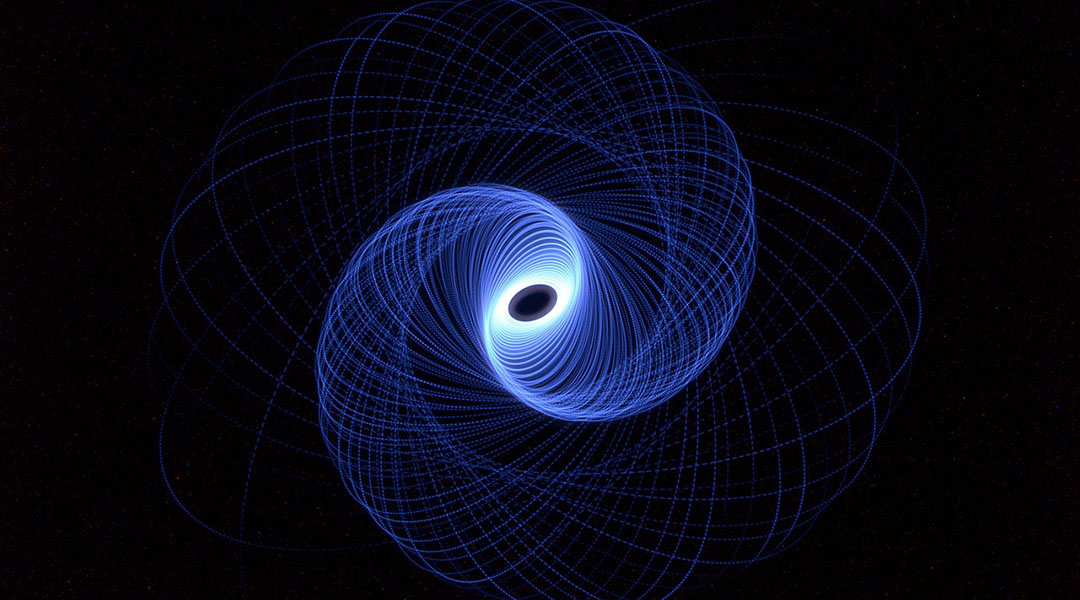
A new method to track skyrmions, tiny magnetic whirls formed by atomic magnetism
Harnessing skyrmions’ random motion and low energy requirements, this discovery could lead to more efficient and powerful computing technologies.

A new method to track skyrmions, tiny magnetic whirls formed by atomic magnetism
Harnessing skyrmions’ random motion and low energy requirements, this discovery could lead to more efficient and powerful computing technologies.
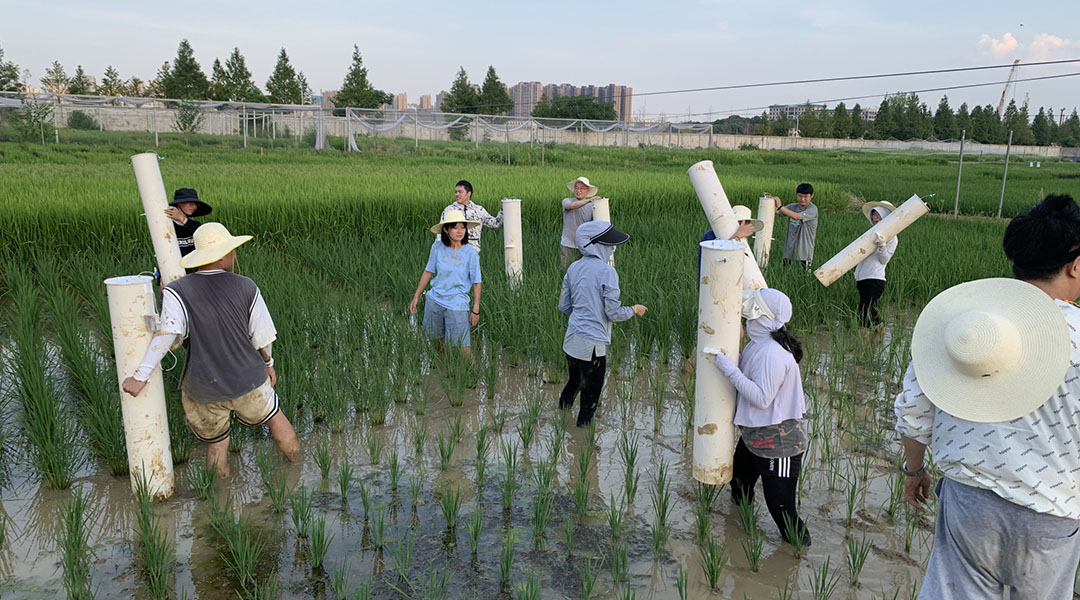
High yield, eco-friendly rice reduces methane emissions by 70%
A new rice variety that combines high yield with low methane emissions could help farmers tackle climate change.

Mouse study reveals multi-generational benefits of exercising during pregnancy
Maternal exercise during pregnancy enables multiple generations of mice to inherit enhanced fitness, with vitamin C playing a key role.
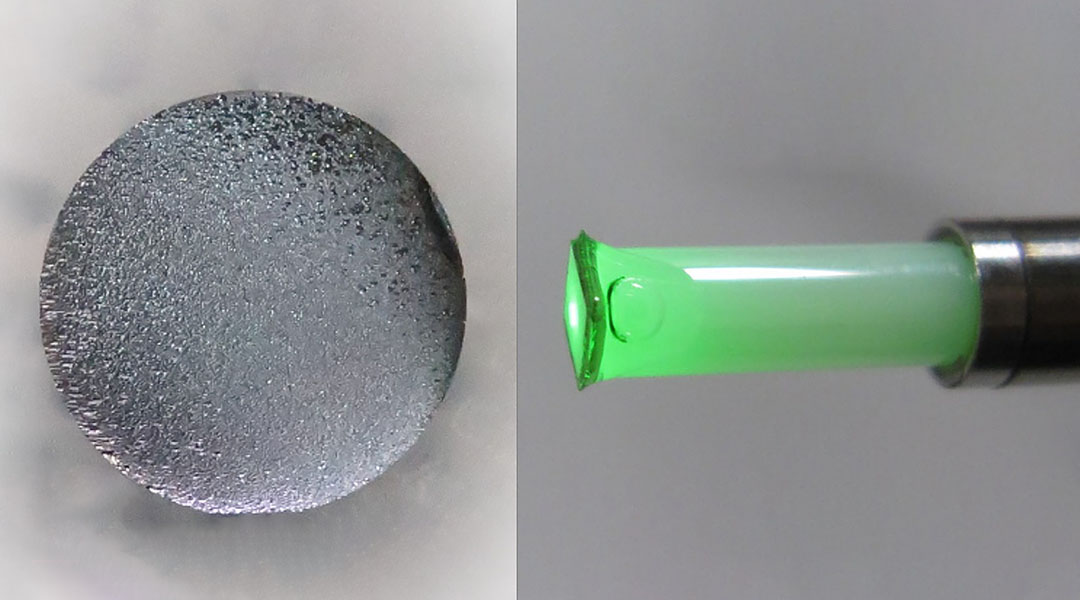
Low-cost quantum sensors could enhance EV battery monitoring
These low-cost quantum sensors detect tiny magnetic field changes and could help identify early battery issues in electric vehicles.
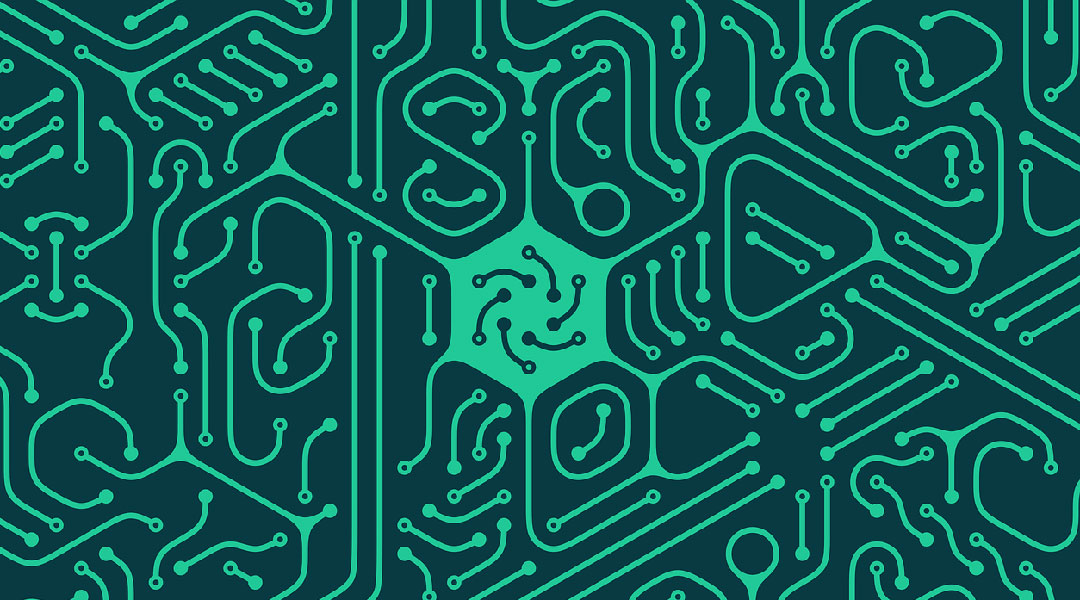
New memristor design could be a game-changer for AI and big data
Computers based on memristors promise significant energy savings and improved accuracy in large-scale computing.
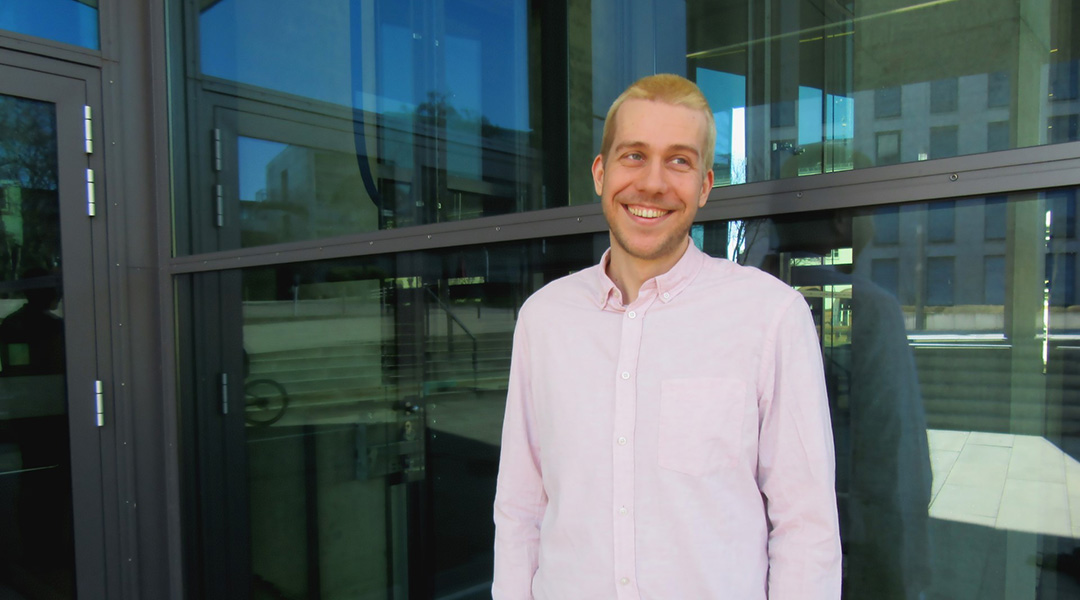
How research into existential risk will help safeguard humanity
Florian Jehn combines pragmatism with optimism when considering potential threats to human civilization.
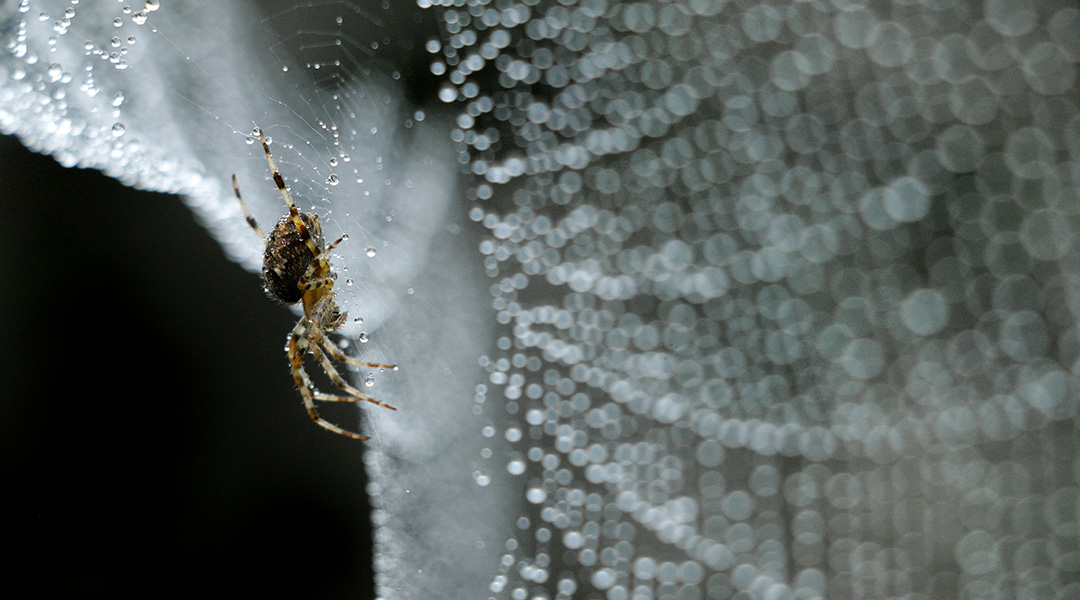
Making spider silk from tobacco plants
Plant cells outperform yeast or bacteria in producing spider silk proteins, enhancing production efficiency.

Superconducting qubit promises breakthrough in quantum computing
A radical superconducting qubit design promises to extend their runtime by addressing decoherence challenges in quantum computing.
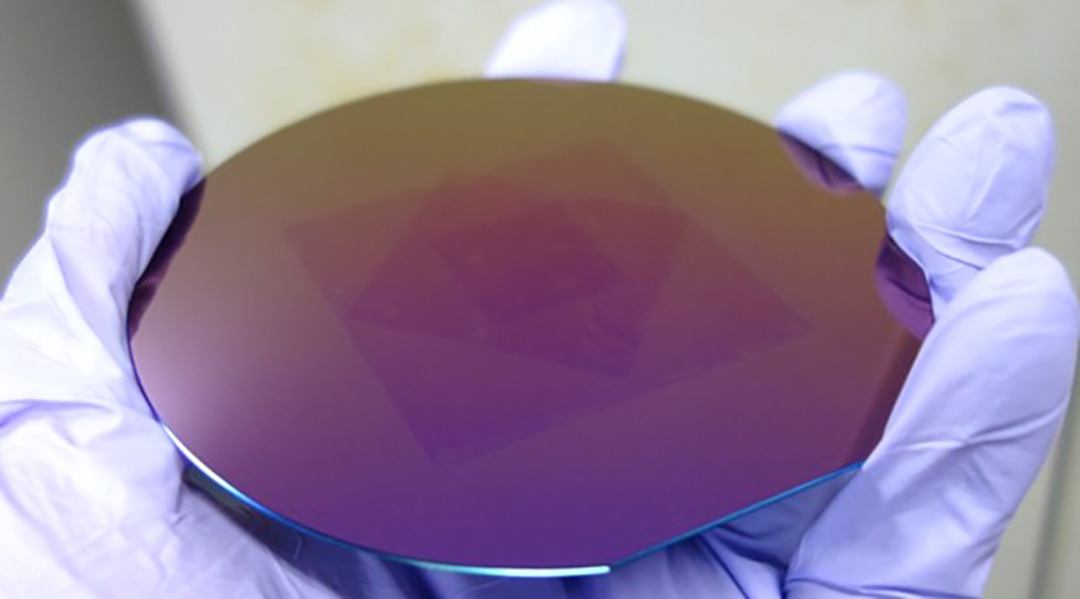
Molecular tape promises seamless transfer and scale up of 2D materials
Breakthrough molecular tape streamlines transfer of fragile 2D materials, opening doors for industrial-scale production.
ASN Weekly
Sign up for our weekly newsletter and receive the latest science news directly to your inbox.

New anti-aging ingredient pulled from medicinal herb
An active compound extracted from Angelica Acutiloba effectively eliminates harmful senescent cells in the dermis, with anti-aging benefits.

Astronomers might have a shot at imaging primordial black holes
Gravitational waves could be the key to imaging elusive primordial black holes born in the first moments of our Universe.
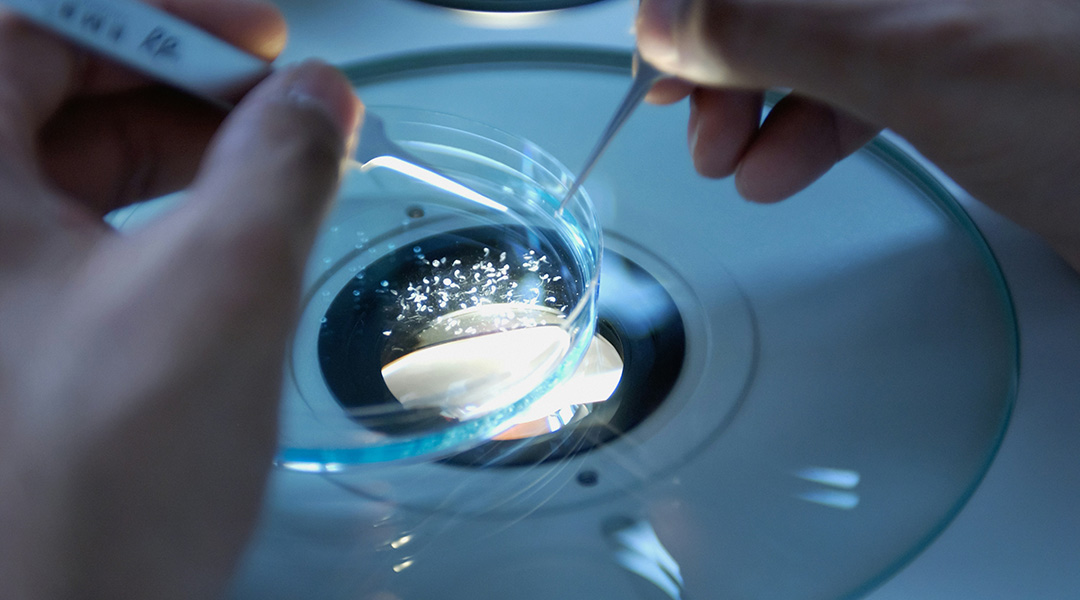
Breakthrough in bacterial identification allows scientists to ID 35 new strains
The new protocol identified microbes that standard techniques alone couldn’t, uncovering previously unknown bacterial strains in the process.
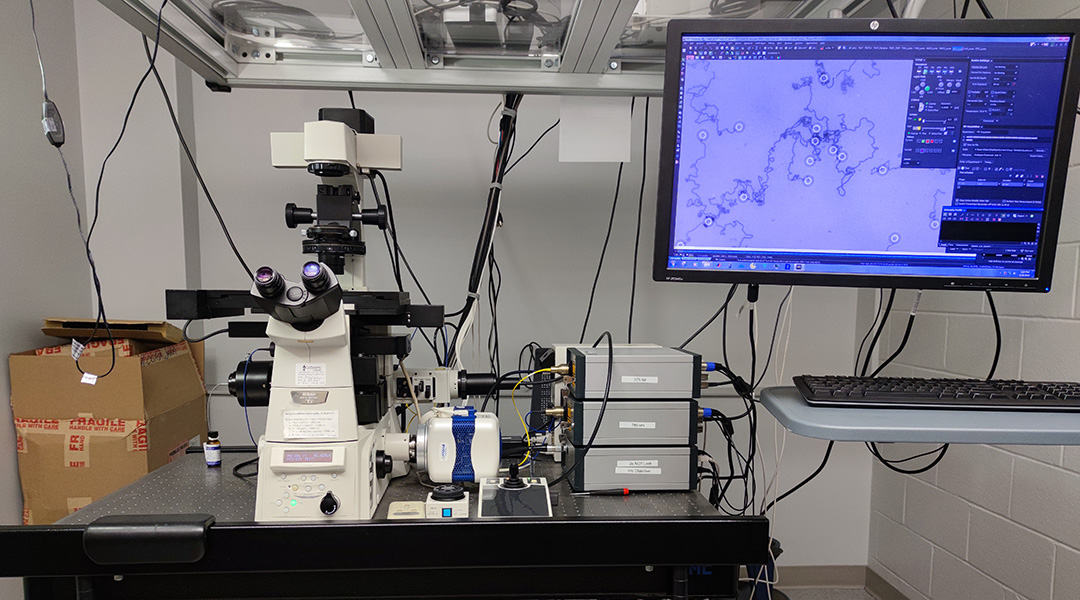
Scientists harness DNA nanomotors to build better viral tests
Scientists achieve threefold speed boost for DNA nanomotors and applied them to breakthrough virus detection for SARS-CoV-2 and RSV tests.
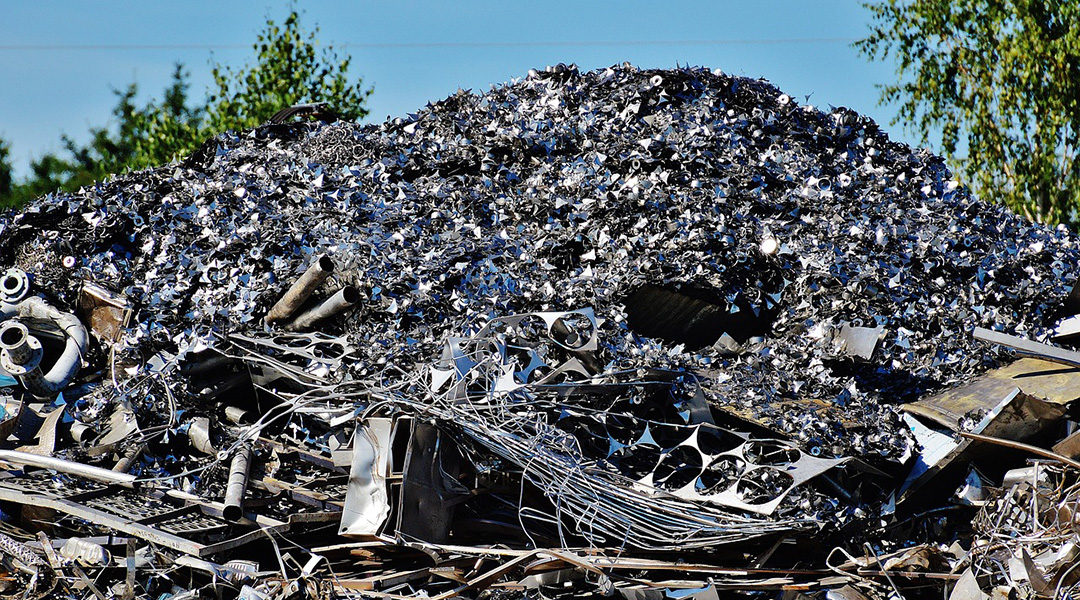
Tackling e-waste by making electronics compostable and recyclable
Researchers are tackling the growing problem of electronic waste by designing wearable electronics from sustainable and recyclable materials.
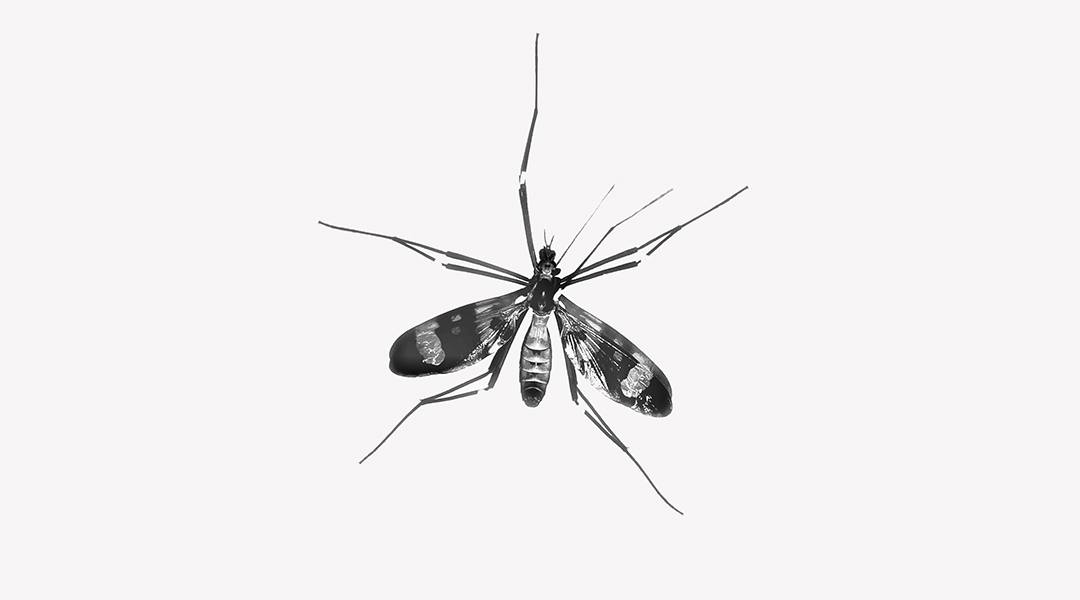
New type of antiviral proves effective against all strains of dengue virus
This new class of antivirals could unlock treatment for viruses beyond just dengue that have been challenging to treat in the past.
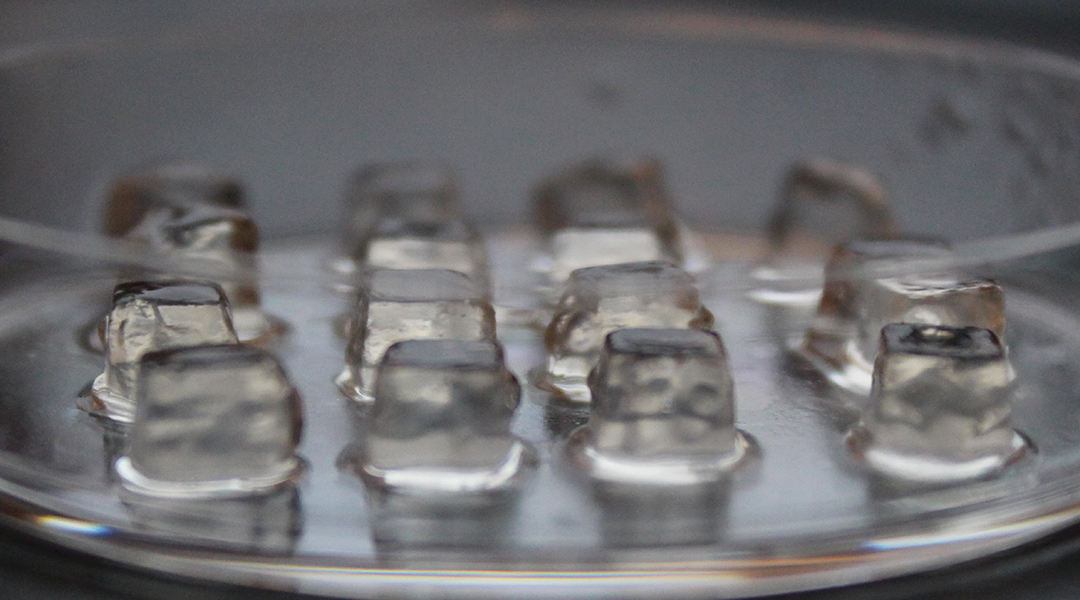
Better organoids mean better brain models
Mimicking one of the body’s most complex organs isn’t easy, but researchers are making progress.
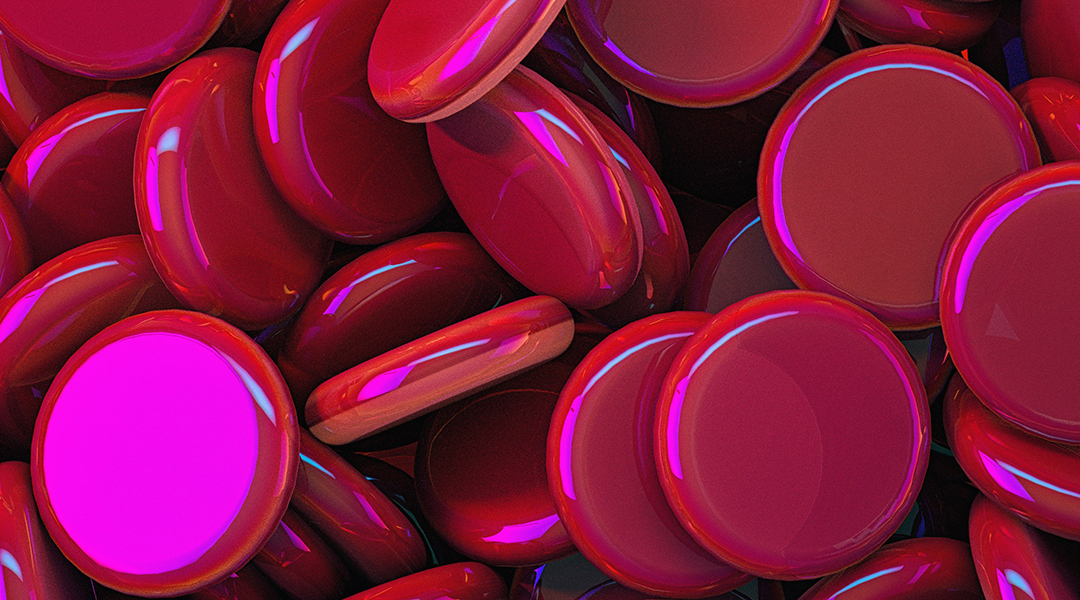
Finding the neural pathways behind the placebo effect
Understanding the placebo effect could lead to pain management therapies that are more effective than opioids without causing addiction.
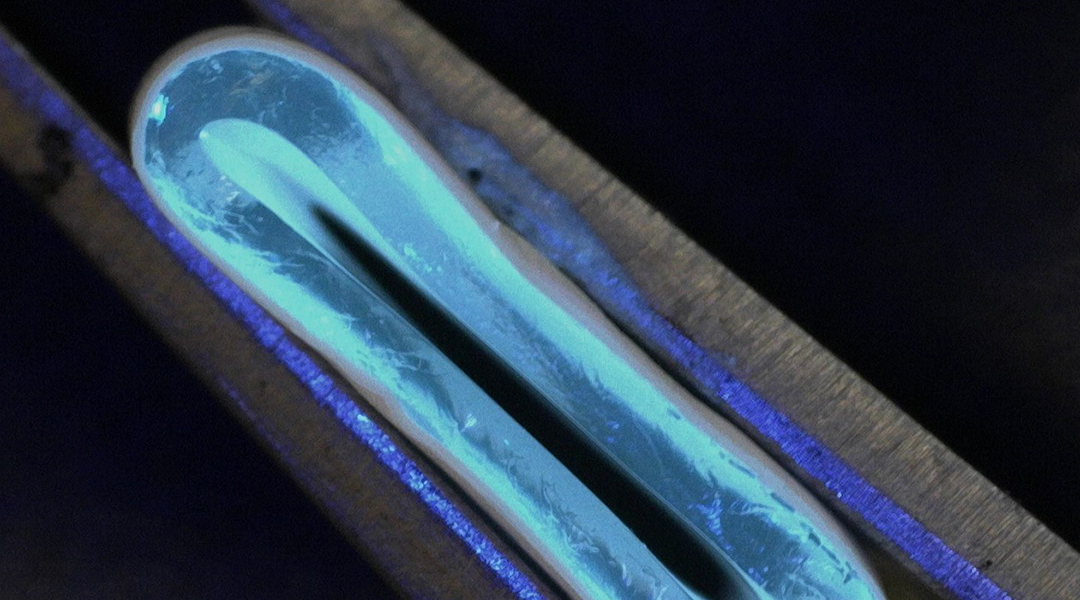
A safer, more flexible graft gets to the heart of coronary artery bypass
Using a hydrogel coated with electrospun nanofiber, a new artery graft offers safer coronary artery bypass interventions.
New type of antiviral proves effective against all strains of dengue virus
This new class of antivirals could unlock treatment for viruses beyond just dengue that have been challenging to treat in the past.
Better organoids mean better brain models
Mimicking one of the body’s most complex organs isn’t easy, but researchers are making progress.
Finding the neural pathways behind the placebo effect
Understanding the placebo effect could lead to pain management therapies that are more effective than opioids without causing addiction.
A safer, more flexible graft gets to the heart of coronary artery bypass
Using a hydrogel coated with electrospun nanofiber, a new artery graft offers safer coronary artery bypass interventions.
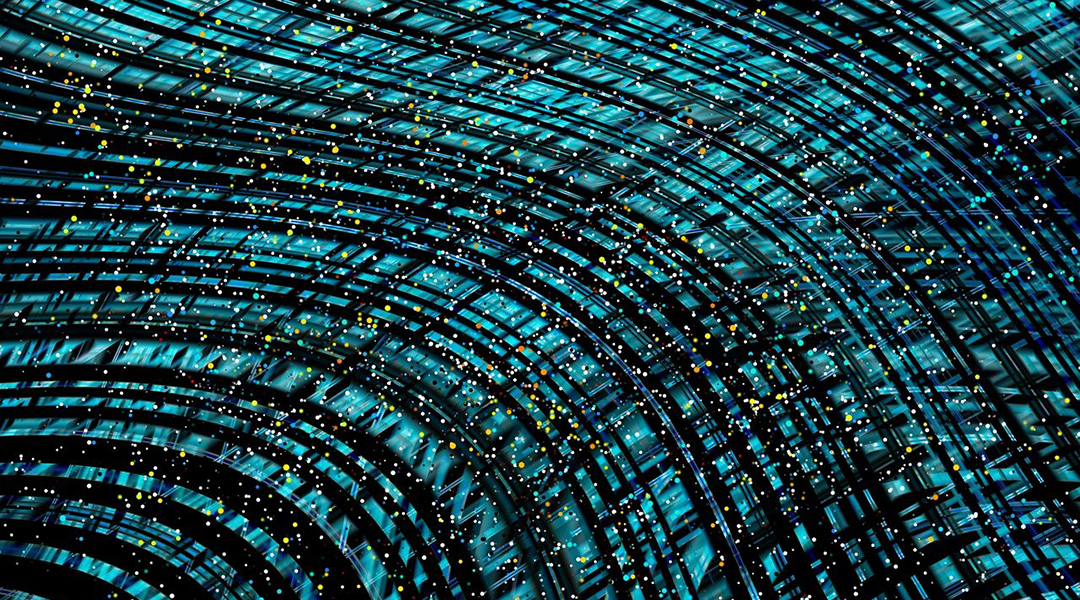
Quantum dot laser set to transform medicine and communications
Quantum dots are key to a new laser that could transform medical imaging, diagnostics, and boost communication.
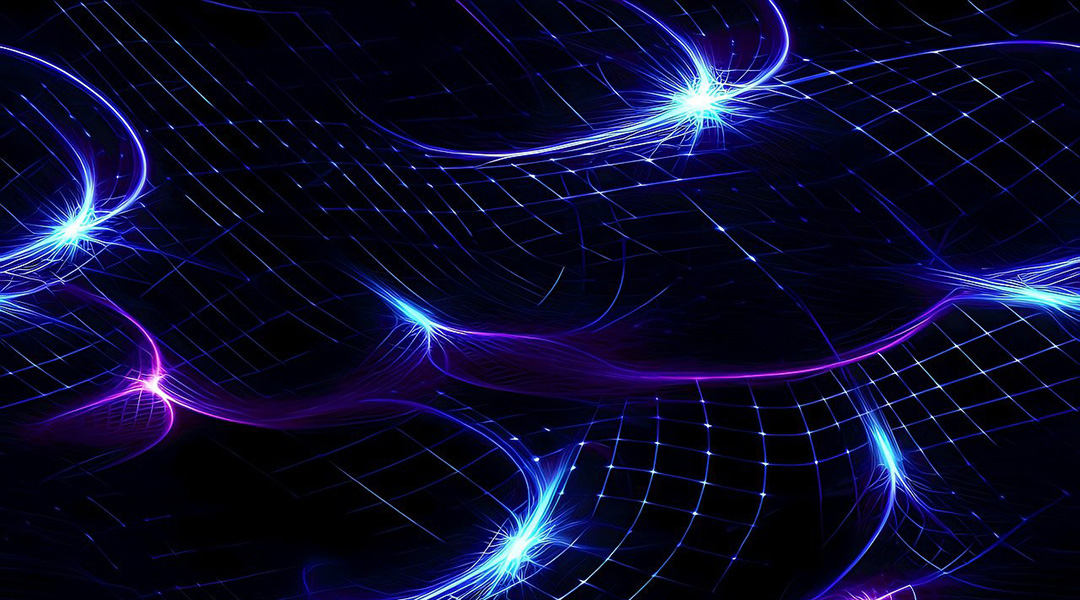
Laser light induces magnetism at room temperature
Scientists create magnetism in a non-magnet at room temperature for the first time, with implications in quantum tech and computer science.

Could AI be the reason we haven’t encountered alien civilizations?
A sensational paper argues that AI could be responsible for the scarcity of advanced technological civilizations in the Universe.
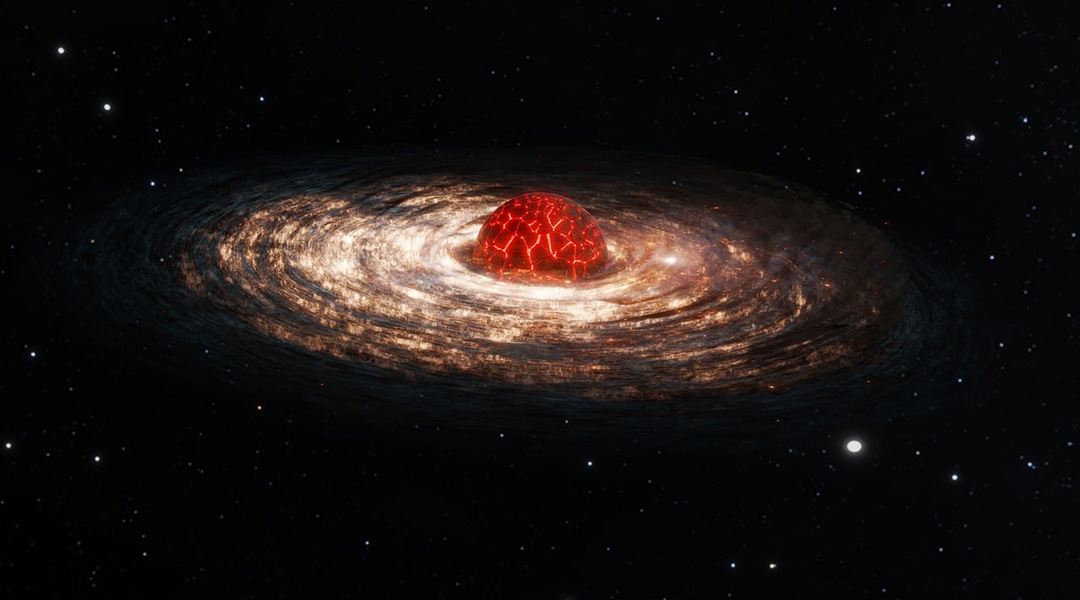
Hidden dark matter stars and where to find them
While dark matter’s enigmatic nature persists, Proca stars made of dark photons could help shed light on this cosmic mystery.
Quantum dot laser set to transform medicine and communications
Quantum dots are key to a new laser that could transform medical imaging, diagnostics, and boost communication.
Laser light induces magnetism at room temperature
Scientists create magnetism in a non-magnet at room temperature for the first time, with implications in quantum tech and computer science.
Could AI be the reason we haven’t encountered alien civilizations?
A sensational paper argues that AI could be responsible for the scarcity of advanced technological civilizations in the Universe.
Hidden dark matter stars and where to find them
While dark matter’s enigmatic nature persists, Proca stars made of dark photons could help shed light on this cosmic mystery.
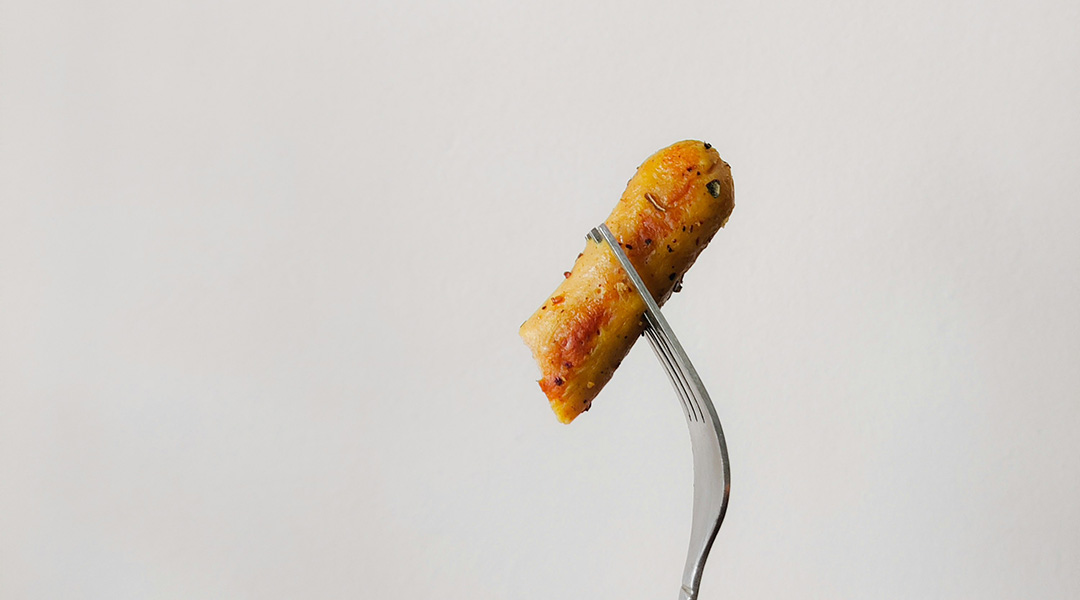
Using machine learning, robotic feeding system empowers users with mobility issues
This robotic feeding system trained with machine learning will transform lives, giving independence to those with severe mobility issues.

Meet Tumro, a jumping robot inspired by beetles
With its unique carbon fiber skeleton, this jumping robot closely mimics the energy-storing tissue found in insects.
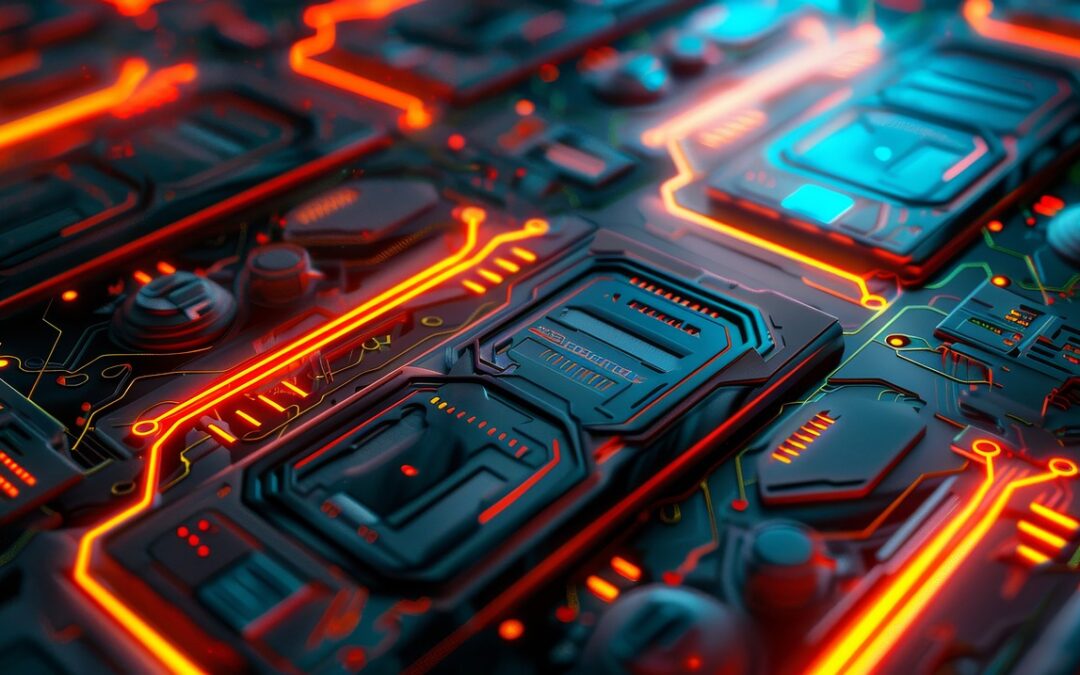
What would it take to make quantum memristors a reality?
Machine learning unveils the ideal structure of a quantum memristor, which could one day surpass current computing systems.
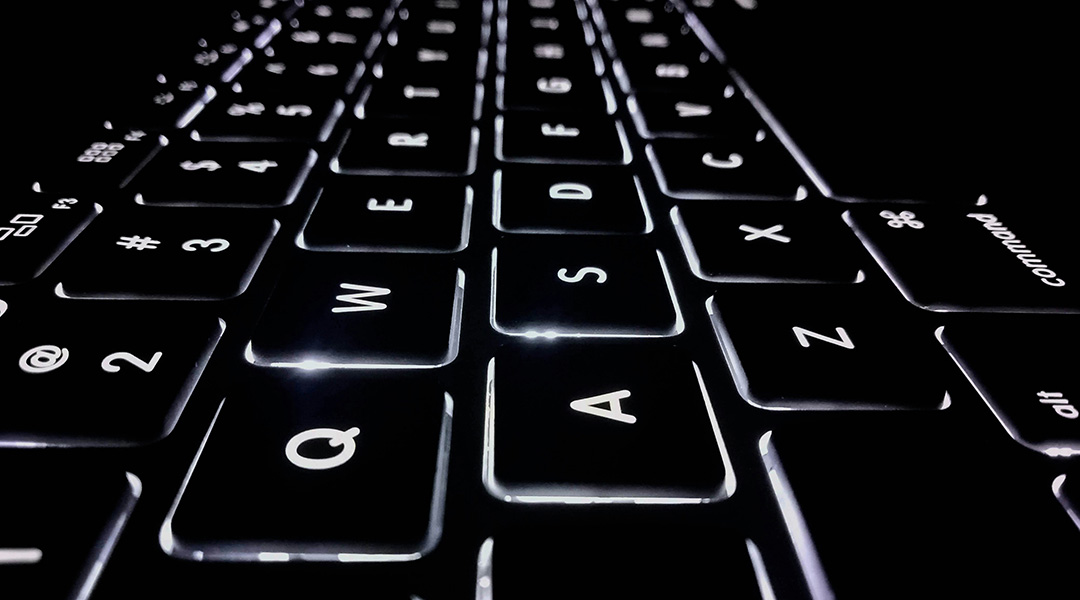
World’s purest silicon chip could make quantum computers error-free
A new method to purify silicon for quantum computer chips could solve one of the biggest challenges in quantum computing.
Using machine learning, robotic feeding system empowers users with mobility issues
This robotic feeding system trained with machine learning will transform lives, giving independence to those with severe mobility issues.
Meet Tumro, a jumping robot inspired by beetles
With its unique carbon fiber skeleton, this jumping robot closely mimics the energy-storing tissue found in insects.
What would it take to make quantum memristors a reality?
Machine learning unveils the ideal structure of a quantum memristor, which could one day surpass current computing systems.
World’s purest silicon chip could make quantum computers error-free
A new method to purify silicon for quantum computer chips could solve one of the biggest challenges in quantum computing.
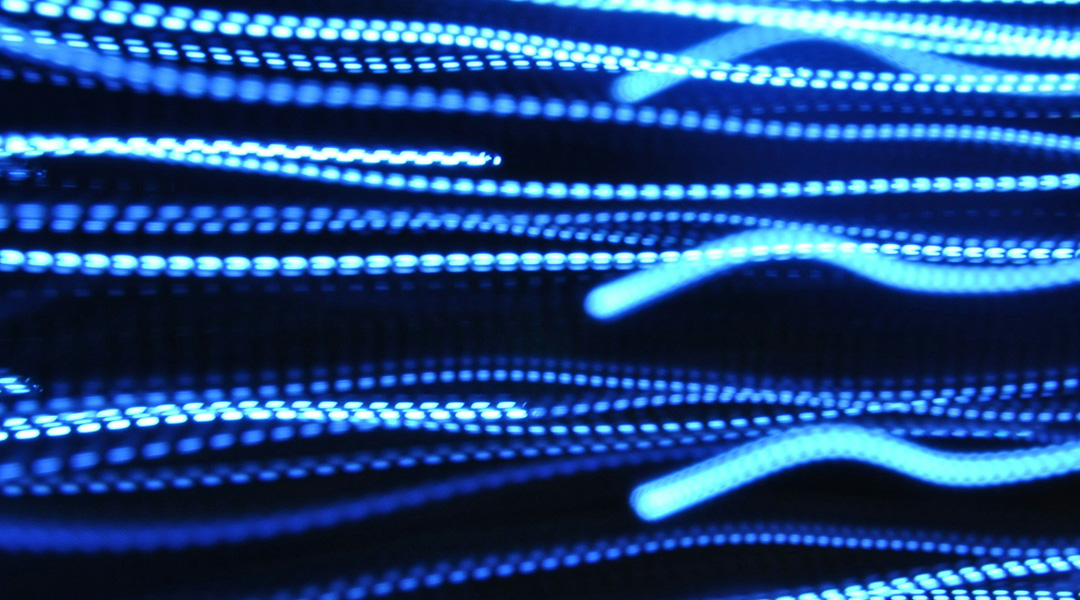
Sustainable batteries get a boost from new lithium-ion conductor
The new material rapidly transports lithium ions through its structure and could help make rechargeable lithium-ion batteries safer and more efficient.

How research into existential risk will help safeguard humanity
Florian Jehn combines pragmatism with optimism when considering potential threats to human civilization.

Tackling e-waste by making electronics compostable and recyclable
Researchers are tackling the growing problem of electronic waste by designing wearable electronics from sustainable and recyclable materials.

Photoacids capture and release carbon with the flick of a switch
Scientists develop a light-driven carbon capture system using photoacids, creating an energy-efficient method to remove atmospheric carbon dioxide.
Sustainable batteries get a boost from new lithium-ion conductor
The new material rapidly transports lithium ions through its structure and could help make rechargeable lithium-ion batteries safer and more efficient.
How research into existential risk will help safeguard humanity
Florian Jehn combines pragmatism with optimism when considering potential threats to human civilization.
Tackling e-waste by making electronics compostable and recyclable
Researchers are tackling the growing problem of electronic waste by designing wearable electronics from sustainable and recyclable materials.
Photoacids capture and release carbon with the flick of a switch
Scientists develop a light-driven carbon capture system using photoacids, creating an energy-efficient method to remove atmospheric carbon dioxide.
No Results Found
The page you requested could not be found. Try refining your search, or use the navigation above to locate the post.
No Results Found
The page you requested could not be found. Try refining your search, or use the navigation above to locate the post.
No Results Found
The page you requested could not be found. Try refining your search, or use the navigation above to locate the post.
No Results Found
The page you requested could not be found. Try refining your search, or use the navigation above to locate the post.






